Discussing Carmen Sandiego On TV & “On Earth”
It’s been 25 years since the first episode of Where On Earth Is Carmen Sandiego debuted as a part of the Fox Kids block on Saturday mornings. What better way to mark the occasion than with one of the key people involved in its development: Ken Goldstein.
At the time, Goldstein was the VP Education & Entertainment Products at Brøderbund — the company that published the video games — as well as the Executive Publisher in charge of the Carmen Sandiego series. This means he was involved with not just the Fox Kids series produced by DiC, but also the PBS game shows.
I contacted him recently while gathering information for an upcoming Carmen Sandiego retrospective (please support my Patreon), and this is what he had to say.
Where In The World Is Carmen Sandiego?

Did PBS approach Brøderbund about Carmen Sandiego, or vice versa?
PBS approached Brøderbund, although we had a licensing agent and a media attorney representing us as soon as the game became a hit. My original boss at Brøderbund, John Baker, was instrumental in getting this deal done. It was actually the WQED Pittsburgh and WGBH Boston affiliates who co-produced for the broader PBS network. They were excited about Carmen’s “tween” demographic and also to pick up some of the halo of the early tech / computer game buzz around the brand.
I’ve heard Brøderbund was pretty hands-off with the PBS game show. Was there any input from Brøderbund at all?
There was considerable input from Brøderbund during the creation of the first pilot, which was then followed by a substantially improved second pilot utilizing more music. The producers were extremely collaborative and open to feedback, especially where the show was different from the games — notably, the character of The Chief, wonderfully portrayed by Lynne Thigpen, and the brilliant live music soundtrack performed by Rockapella. We also loved the game show host, Greg Lee, whose jubilant personality really brought Lynne, Rockapella, and the kid contestants together as whole.
Once the format was set, there really wasn’t much feedback required from Brøderbund because like any game show, the changes from day to day were mostly in the questions and themes. There was a lot of trust established between Brøderbund and the producers during the creation of the pilot, so minimal input was required once everyone was comfortable with the basic format, characters, tone, and contestant interaction. We visited each other a few times a year. It was always friendly and constructive.
Was there any discussion about making sure Carmen’s look remained consistent?
Carmen was an evolving character whose look benefited from each subsequent generation of hardware. Remember how few pixels we had to work with in CGA graphics starting with the Apple II platform! The sophistication and standardization of the character model became more formal as we moved to SVGA graphics and then saw Carmen drawn for TV. We had to make those images more consistent to build the brand, and so our art directors began to standardize a published style guide. When the PBS show exploded in popularity and the CD-ROM version of Where in the World took off, we knew we had something unique on our hands and formalized everything into a branding style guide. Michelle Bushneff, our incomparable senior art director, was instrumental in getting this right down to every fine detail. You can see her vision all the way through the games, the chapter books, the pajamas, the backpacks, the imagery just sang and resonated. By the time we took Carmen to Toy Fair and expanded the licensing program, the red trench coat and fedora with the tipped brow over her eye line became the Carmen we would love forever.
Where In Time Is Carmen Sandiego?

Was PBS’s Where In The World Is Carmen Sandiego cancelled and replaced by Where In Time In Time Is Carmen Sandiego, or would you consider it simply a continuation with a change in topic?
It was a smart creative decision by the producers to evolve the brand and put something new in front of their audience. We had many meetings to discuss the possibilities after so much success with the original game show, but the producers wanted a new theme that carried over the core values of the original. We were just putting Where in Time is Carmen Sandiego v3.0 into development as a CD-ROM game with a completely new play paradigm designed by our colleague Jim Everson, who sadly passed away a few years later. Jim wanted to have Carmen Sandiego become a sequential adventure game and insert video bits of storytelling along the way. We showed the prototype to our friends at PBS and they loved it, including putting Lynne Thigpen into the game to introduce and summarize the cases, which was so much fun. It was synergy heaven!
Why was Where In Time cancelled?
As PBS’s audience was further fragmented by new cable channels, and as the production values in their shows required greater costs, the price of sponsorship continued to increase. Eventually sponsors had to pay more for smaller audiences, which was a tough sell in a market where ad inventory was flooding onto the market with new cable channels. We reached a point where we had 2 of the 3 sponsors in place to fund another season with the production values we wanted, but couldn’t secure a third. We discussed having Brøderbund become the third sponsor, but at that time the PBS rules wouldn’t allow it because we had a direct financial interest in the brand. That was an appropriate call at the time to maintain that distance, to keep the trust of parents that we weren’t just trying to use the show to sell more computer games. I wonder sometimes if those rules would still be as strident today.
Where On Earth Is Carmen Sandiego?

Both the PBS game show and the DiC animated series were announced in summer 1990 as in being development with a target of fall 1991. Why did the animated series take so much longer to launch?
I think with the success of Carmen on PBS there was a desire by all involved to let some time pass before bringing a second series on the market. It was also the case that the development time for commercial television, at least in those days, was considerably longer and more complicated than it was at PBS. The DiC show appeared on Fox Network, which was still establishing itself as a 7 day schedule broadcast network including Saturday morning. There were also concerns for the animated show that the “edutainment” positioning for the brand was firmly a plus and not a minus, where at PBS it was all a plus. DiC had to make Carmen entertaining first as a commercial property, so the back and forth with Brøderbund to get that right and still maintain the core educational brand values took a while. It was worth the wait to get it right.
I’ve heard Brøderbund was much more hands-on with the animated series. Was there anything you recall DiC or FOX wanting to do that Broderbund said “no” to?
At DiC we primarily worked with Sean Roche (lead writer), Mike Maliani (executive producer), Robby London (executive in charge of production) and Andy Heyward (DiC CEO). They were all top notch creatives with exceptional talent and loved Carmen as much as we did.
We spent a lot of time talking about the “action” component of the shows which were part of the fabric of an animated adventure series like this, while not crossing over into anything that would be construed as violence. We shied away from overt weaponry and unnecessary physical fighting. There were challenges to maintain the parent-friendly nature of Carmen’s character while still allowing the show to incorporate expected dramatic tension, conflict, and moments of jeopardy, but with much collaboration and listening we got to the right mix. People sometimes forget that Carmen is a bad guy who is played as a good guy, and that is a tough balancing act. Remember, she is a thief, and in the game she steals exotic treasures, like the Golden Gate Bridge. The show had to make her crimes more concrete so they could be solved credibly and with satisfying endings where she would always find a way to escape. We spent a lot of time collaborating to “bridge” that gap on believable thefts that were still outlandish.
Why was the series moved to Fox Family?
Saturday morning cartoons went through a serious challenge in the late 1990s. Eventually everyone who produced Saturday morning cartoons left the block, which for me as a kid was the only time I got to watch cartoons. Cable had a major impact on that. How do you compete with 24×7 children’s animation on Cartoon Network with only a three hour block once per week? The advertising rules for children’s network TV became increasingly restrictive, particularly around candy, breakfast cereal, and other material stuff that was not perceived as “good” for kids. The rules around separating content from ads with strict bumpers also made the advertising buys less appealing, so when the real estate value changed, the inhabitants moved to new neighborhoods. Fox Family was a strong competitor in the kids landscape with Power Rangers, so this became a good home for an action-adventure animated series like Carmen.
Why was it cancelled?
I believe when we hit the magic number for a syndication package then, which was 40 episodes, it was economically advantageous to move those into rotation rather than continue to produce more. Production is expensive and the producers don’t always get their full investment back in the initial airing; there can be deficit financing depending on costs and network first/second run licensing fees. Also there comes a point in a series’ creative life where you have done all you can do with a set of characters without violating the integrity of the basic rule set you have established for the property. We didn’t want the show to be violent. We won the Emmy for best animated series. We didn’t want to “jump the shark” after creating something so unlikely to succeed as education blended with entertainment, equally loved by children and parents. It made sense for the producers to move on while we were at the height of creative success
Junior Detective & Cancelled Live-Action Film
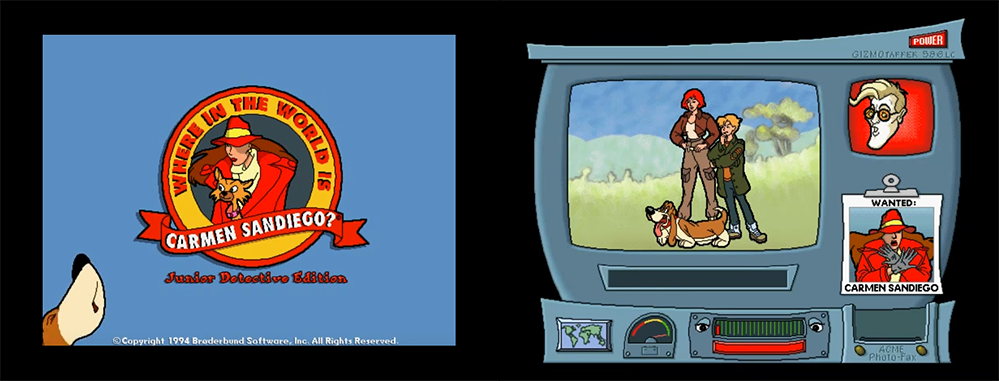
You were also the Lead Designer on Carmen Sandiego: Junior Detective Edition, the only game that featured Ivy and Zack from the animated series. Why did they only appear in this one game?
We made a conscious decision to separate the demographics. Saturday morning TV animation skewed way younger than the PBS game show. We had something on PBS almost no one else had, a tween educational show. When we saw those kids in the studio loving every moment of being there and being called as contestants — and their peers watching at home were rooting for them — we knew we had to protect that. They couldn’t think of Carmen Sandiego as something for their younger brothers and sisters. We also knew their younger brothers and sisters wanted to play the same game, but unfortunately, the game required extensive reading, which is usually not in the cards for a five year old. The solution was to make Carmen Junior all visual and audio, which was possible with CD-ROM (no reading required) and to associate the animated Where On Earth characters with the younger demographic, both on TV and in the game.
Carmen’s voice in Junior Detective was performed by Rita Moreno, the actress from the animated series, but do you remember who did her voice in the previous CD-ROM games?
In the early days of Brøderbund, employees would lend their photo images to many of the villains in Carmen, particularly in the manuals and dossiers. It was that kind of casual fun, and we would dress people up in period costumes. When we moved to CD-ROM, we would do the same thing with voice actors. Anyone who worked for the company could “audition” in the sound studio. Our staff loved doing the voices, and our inspired sound producers (professional musicians like Tom Rettig, Michael Barrett, and Greg Rahn) were outstanding in getting great performances out of our colleagues in our then state of the art digital sound studio.
One of our product managers who worked on the original Carmen Sandiego games named Janese Swanson provided her original voice. She went on to a great career in tech, and we invited her back several times to maintain excellence and continuity in Carmen’s voice.
In 1998, there was talk of a Carmen Sandiego film adaptation starring Sandra Bullock. Why didn’t the movie happen?
We got so close so many times! I can’t even tell you how many hours I personally spent in meetings trying to get this ball over the goal line. If you know anything about Hollywood, you know the studio system is incredibly difficult to navigate, but those kind of big budget action-adventure capital investments require lots of people to sign off. We had most of the right people saying yes, including stars and directors and producers, but it never completely came together. I wish I could have some of that time back, but had we had gotten to the big screen, it really would have been worth it!
Post-Carmen
Ken Goldstein has kept busy since the Brøderbund days. At one point he was the Executive VP & Managing Director of Disney Online. More recently he’s written a book about business called Endless Encores: Repeating Success Through People, Products, And Profits, and a fiction novel entitled From Nothing. He also writes a blog called CorporateIntel.


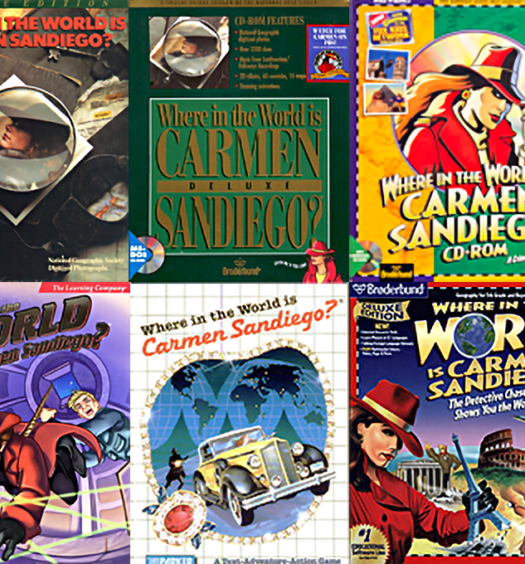
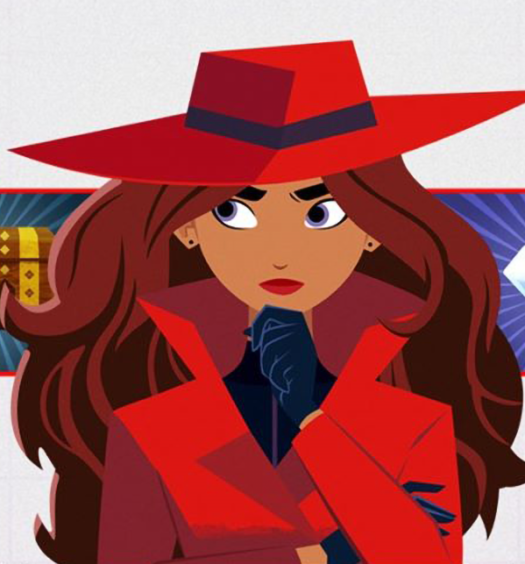










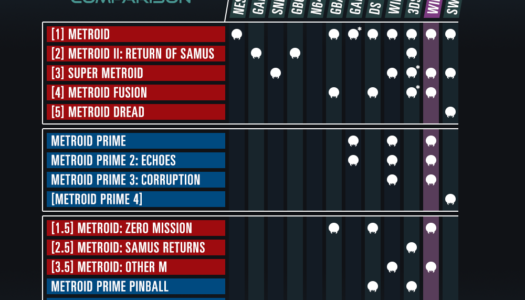
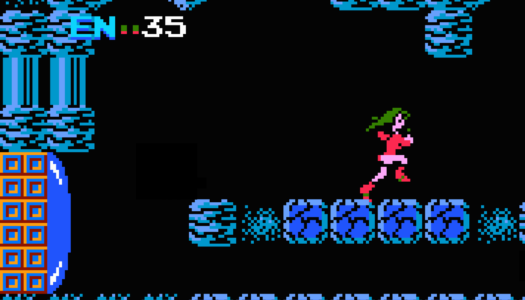
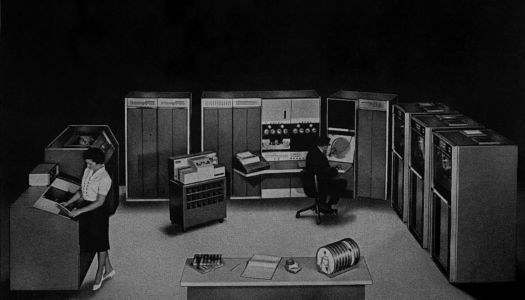
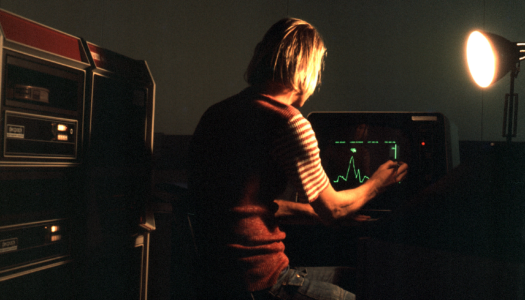
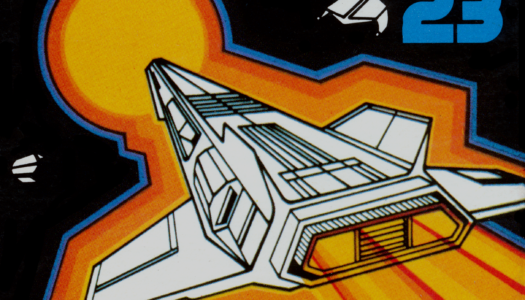

February 11, 2019
[…] Talking Carmen Sandiego With ’90s Executive Publisher Ken Goldstein (Kate Willaert / A Critical Hit – ARTICLE) “It’s been 25 years since the first episode of Where On Earth Is Carmen Sandiego debuted as a part of the Fox Kids block on Saturday mornings. What better way to mark the occasion than with one of the key people involved in its development: Ken Goldstein. At the time, Goldstein was the VP Education & Entertainment Products at Brøderbund — the company that published the video games — as well as the Executive Publisher in charge of the Carmen Sandiego series.” […]
February 12, 2019
[…] Talking Carmen Sandiego With ’90s Govt Creator Ken Goldstein (Kate Willaert / A Serious Hit – ARTICLE) […]
February 13, 2019
[…] I gave an interview about one of my favorite career projects, Carmen Sandiego. It was being researched by an archivist! I hadn’t been asked in years about the mysterious […]
February 23, 2019
[…] Talking Carmen Sandiego With ’90s Executive Publisher Ken Goldstein (Kate Willaert / A Critical Hit – ARTICLE) “It’s been 25 years since the first episode of Where On Earth Is Carmen Sandiego debuted as a part of the Fox Kids block on Saturday mornings. What better way to mark the occasion than with one of the key people involved in its development: Ken Goldstein. At the time, Goldstein was the VP Education & Entertainment Products at Brøderbund — the company that published the video games — as well as the Executive Publisher in charge of the Carmen Sandiego series.” […]